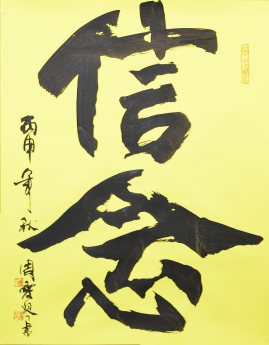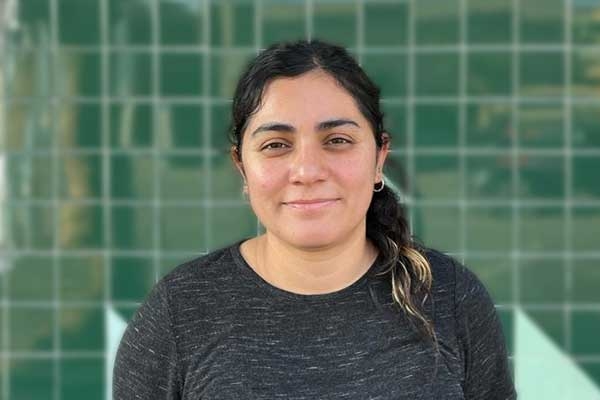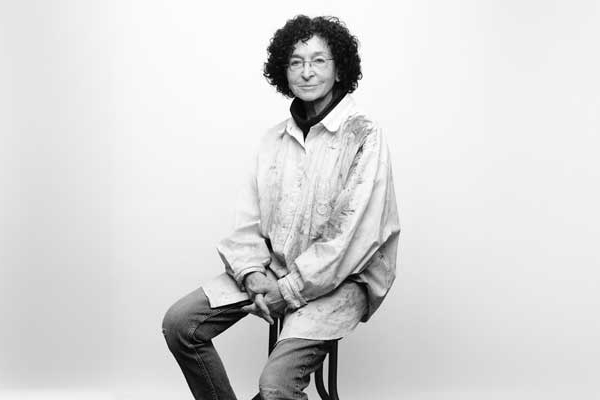Aiqin Zhou has been fully immersed in creating art since the age of five. As a child growing up in China, Zhou fell in love with calligraphy, and through the years expanded her talents into brush painting.
Her love of art and learning is apparent in the breathtaking expanse of her studies: Chinese poetry, Western art, Western philosophy, a degree in graphic design, and a master's in fine art in oil portraiture and landscape.
Despite her appreciation for—and mastery of—Western art and culture, Zhou reserves her purest artistic passions for Chinese Calligraphy and Chinese Brush Painting. She passes along that spirit to her students, shepherding their creations using the same advice her brush-painting master back in China shared with her:
"Aspire to capture the natural inspiration of the flower talking or singing to you."
At a recent showing of her art at our San Francisco center, I had the opportunity to reflect on some of Zhou’s recent pieces and discuss her inspirations and experiences.
What made you choose art, in particular the traditional type of Chinese calligraphy?
I love art. My great-grandfather opened a company, The 4 Treasures, in Shanghai, which sold the traditional four treasures of calligraphy—brush, ink stone, ink stick and rice paper—as well as Western art supplies. I am, to some extent, carrying on the family tradition. It's my heritage, so I started learning early. Calligraphy is fine art. Like a library, it contains the beauty of literature, music, poetry, competition and art. Like meditation, it creates from both mind and heart. It builds your spirit and life force and leads to kindness with beauty.
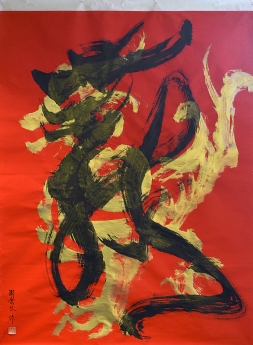
It's clear that you have great mastery with your calligraphy and brush painting. Have you experimented with newer forms?
I have created a 3-D series of 12 works using different media called Zodiac. The Chinese zodiac is 8,000 years old. I used Chinese red rice paper to add impressionism to the gold and silver colors. Then, I drew a modern image of a dragon. I next used the black-ink writing style of cursive Chinese calligraphy for the word dragon. The three dimensions and motion effect are an East/West blend of these traditional images; we are living in the 21st century.
Tell me about your current art practice?
In the early morning, I read the daily newspaper. Then I focus on my current project for the day: preparing for teaching, calligraphy, working on my own style and working on my current art project. I spend about 10 hours a day with art. For student projects, I always first try myself what I give them to do.
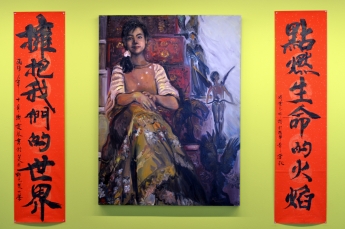
Walk us through the pieces in your current show.
I chose a self-portrait in oil that I painted in S.F. as part of my M.F.A. The painting style is modern (brush stroke is a blend of impressionism and Chinese). That is flanked by my Chinese poem in two parts: On the right is Light, Life and Flame; on the left is Embers, embrace peace/harmony for the world. Small pieces in calligraphy include passion and love. And then on the left, courage and wisdom.
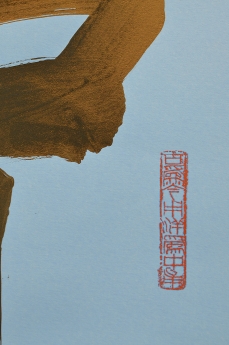
You bring such a wonderful perspective to the classroom. What has your experience been like teaching Extension students?
My 20 years here follow my teaching at the Pacific Heritage Museum and the Asian Art Museum. I like to encourage my students to develop their own style. I like them to keep their own culture and then blend Eastern and Western cultures, to build understanding into the world with art. I love to learn from my students, especially those from different cultures and backgrounds. Most of them are very educated, including doctors, engineers and artists. I want to work together to build our global dream of one big family.
What are three pieces of advice that you would like to give potential students who are interested in anything art-related?
- Give your best love to pursuit and to learning
- Find—and be—your own style
- Practice patience
Aiqin Zhou, M.F.A., has taught Chinese calligraphy and painting throughout the Bay Area. Her work has been included in solo exhibits in the United States and Europe, featured on CNN and PBS, and displayed at the residence of the emperor of Japan. Her paintings and calligraphy have won top awards at international competitions in Taiwan, Japan and China.
